Columbia neuroscientists have identified a genetic mutation that fends off Alzheimer’s in people at high risk and could lead to a new way to protect people from the disease.
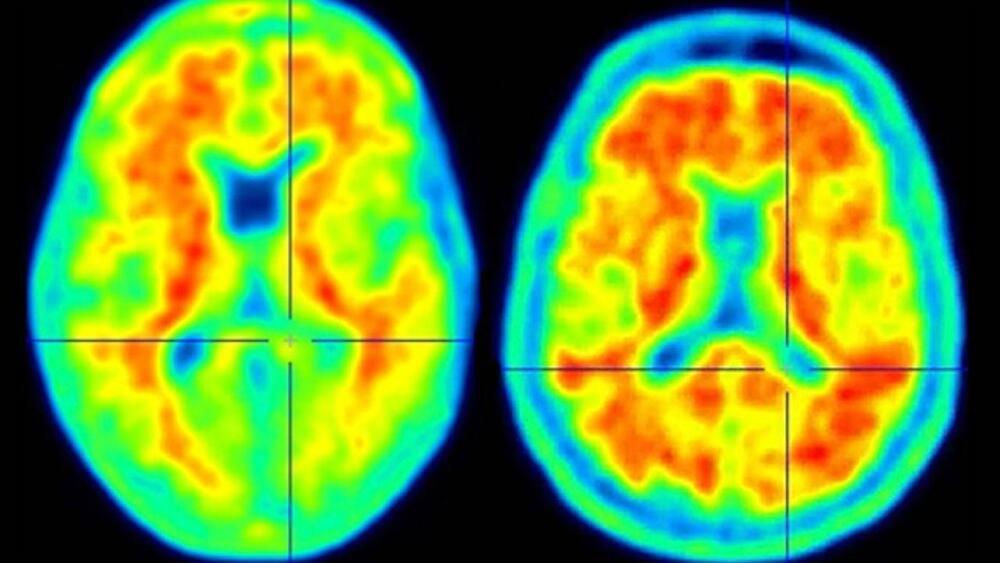

Rice University engineers have developed the smallest implantable brain stimulator demonstrated in a human patient. Thanks to pioneering magnetoelectric power transfer technology, the pea-sized device developed in the Rice lab of Jacob Robinson in collaboration with Motif Neurotech and clinicians Dr. Sameer Sheth and Dr. Sunil Sheth can be powered wirelessly via an external transmitter and used to stimulate the brain through the dura ⎯ the protective membrane attached to the bottom of the skull.
The device, known as the Digitally programmable Over-brain Therapeutic (DOT), could revolutionize treatment for drug-resistant depression and other psychiatric or neurological disorders by providing a therapeutic alternative that offers greater patient autonomy and accessibility than current neurostimulation-based therapies and is less invasive than other brain-computer interfaces (BCIs).
“In this paper we show that our device, the size of a pea, can activate the motor cortex, which results in the patient moving their hand,” said Robinson, a professor of electrical and computer engineering and of bioengineering at Rice. “In the future, we can place the implant above other parts of the brain, like the prefrontal cortex, where we expect to improve executive functioning in people with depression or other disorders.”
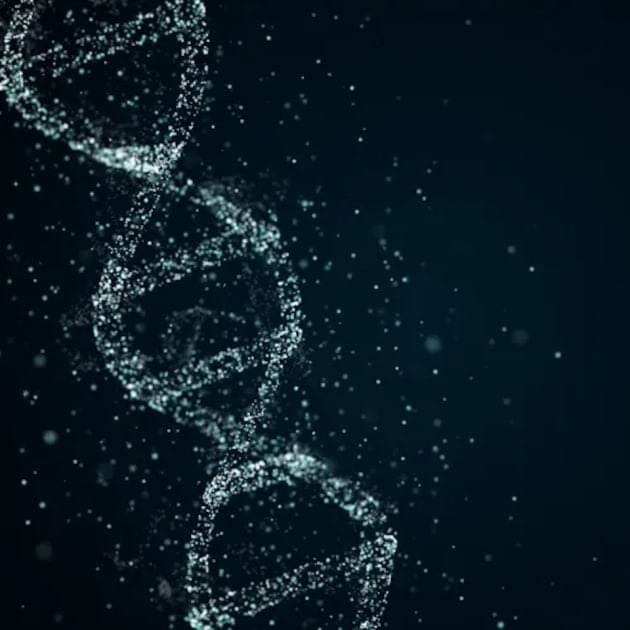
If we can prove the concept of this technology in the two diseases we’re studying, we can then apply it to hundreds or thousands of diseases of the brain.
Yong-Hui Jiang, MD, PhD
Yes, please. Huntington disease hopefully.
The two-phase grant will support research into a novel CRISPR-based gene-editing technology and delivery platform for targeting neurogenetic diseases.
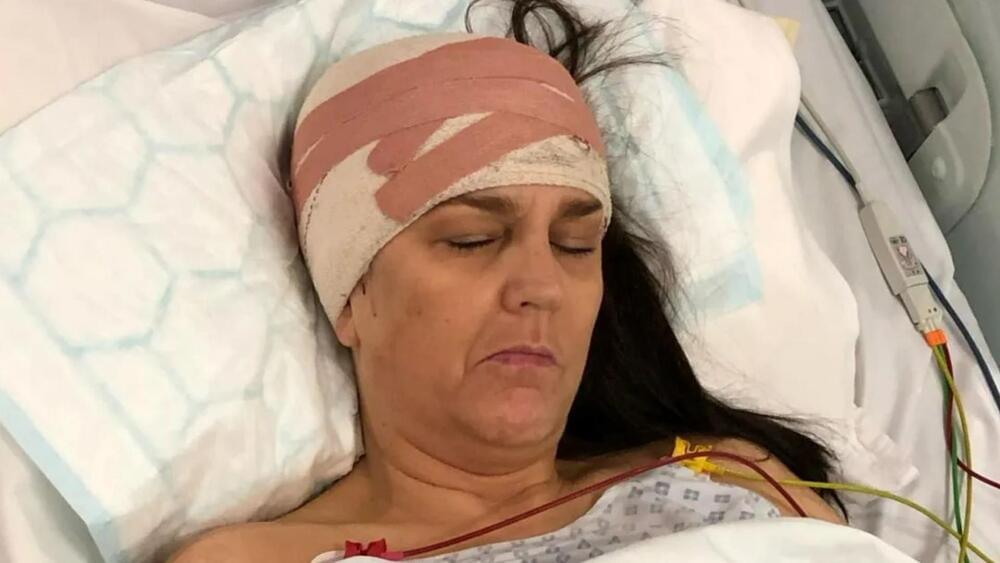
A MUM who couldn’t sleep due to a “funny” whirring sound in her ear realised she had been hearing symptoms of her cancer after being diagnosed with a brain tumour.
Denise Wingfield, 55, was initially told dull noise in her right ear keeping her up at night was tinnitus, having been referred to an ear, nose and throat specialist.
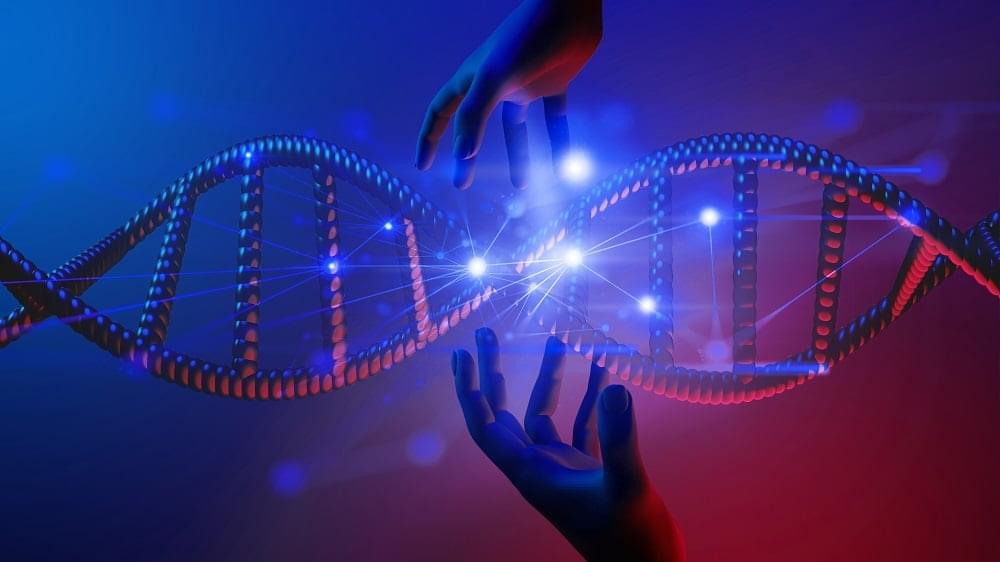
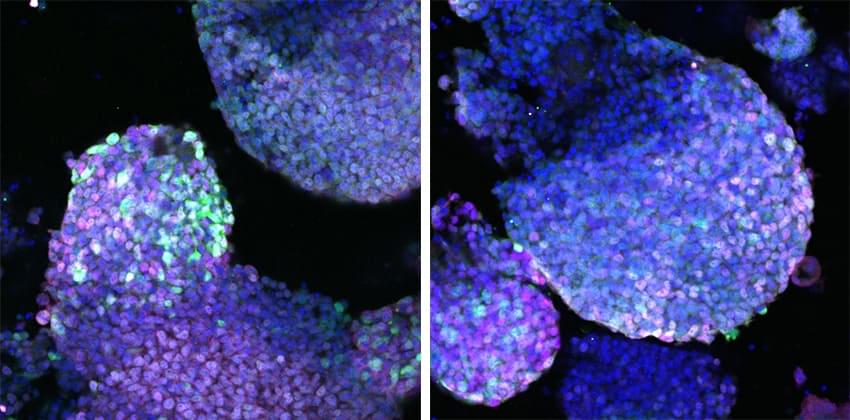
For as long as superheroes have been imagined, there’s been a superhero who can regrow limbs. Other animals (like salamanders and sharks) do it, why couldn’t we? Scientists have also tackled this question because, obviously, humans don’t naturally regrow limbs. But before we move on to regrowing limbs ourselves, we need to understand how other species do it.
In a new study, researchers mapped the proteins that kick off limb creation in mice and chicks, finding that a cocktail of just three proteins performs the initial magic.
“People in the field have known a lot of the proteins critical for limb formation, but we found that there are proteins we missed,” said study co-first author ChangHee Lee, research fellow in genetics in the lab of Cliff Tabin at Harvard Medical School.

Long suspected to exist, cancer stem cells were discovered in solid tumors about 20 years ago. Is this the long-sought root cause of cancer? Thousands of scientists now believe so. Then why haven’t you heard about this from your oncologist? We delve into the debate on CSCs, and explore which foods and food supplements are most effective in the lab at killing or blocking cancer stem cells.
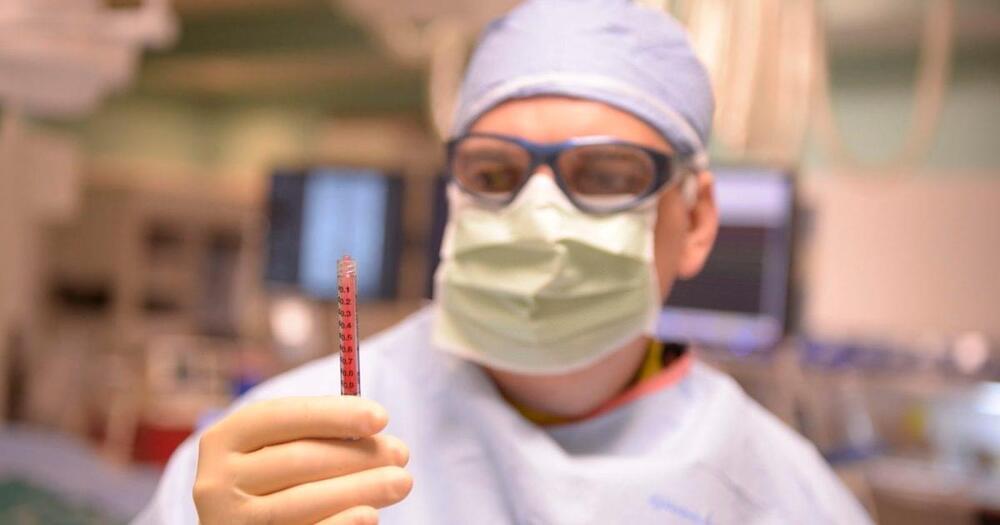
Treated participants’ risk of heart attack or stroke dropped by 58%.
The trial: Mesoblast has now tested the therapy, called “rexlemestrocel-L,” in a double-blind, randomized phase 3 trial, which it says is the largest trial of a cell therapy in patients with chronic heart failure. The results have been published in the Journal of the American College of Cardiology.
During this trial, 537 patients with HFrEF received an injection of about 150 million MPCs straight into the muscular tissue of their hearts — or a sham treatment with no injection. All of the participants were also receiving standard heart failure treatment at the time of the trial.

JAMA Network Open commentary focuses on the relationship of pain, depression, and anxiety.
Chronic pain is often accompanied by depression and anxiety. In an invited commentary published in JAMA Network Open, Kurt Kroenke, M.D., of Regenstrief Institute and Indiana University School of Medicine, discusses the relationship between pain, the most common symptom for which individuals visit a physician, and depression and anxiety, the two most prevalent mental health conditions worldwide. He highlights the importance of not neglecting psychological symptoms in patients experiencing pain.
Understanding the Connection.
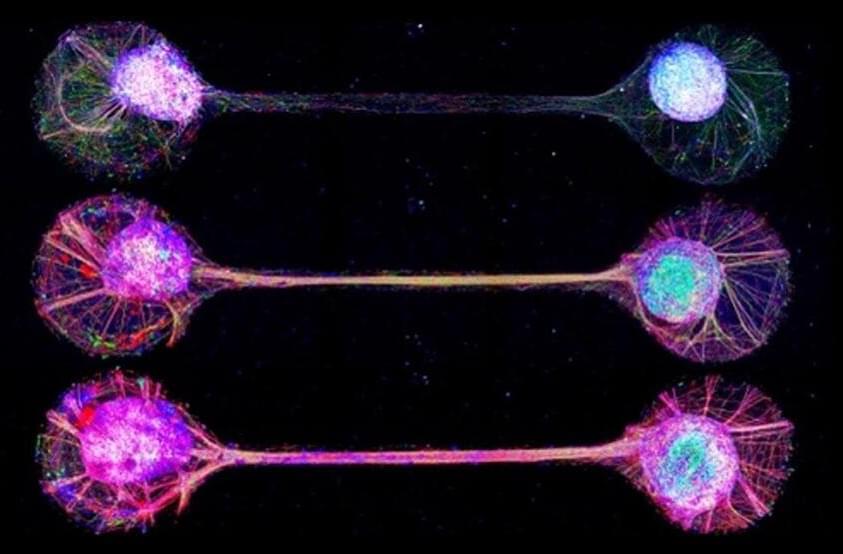
A collaborative research team has developed a method to connect lab-grown brain tissues, enhancing the understanding of brain development and functions, and paving the way for potential advancements in treating neurological conditions.
The idea of growing a functioning human brain-like tissues in a dish has always sounded pretty far-fetched, even to researchers in the field. Towards the future goal, a Japanese and French research team has developed a technique for connecting lab-grown brain-mimicking tissue in a way that resembles circuits in our brain.
Advancements in Neural Studies.